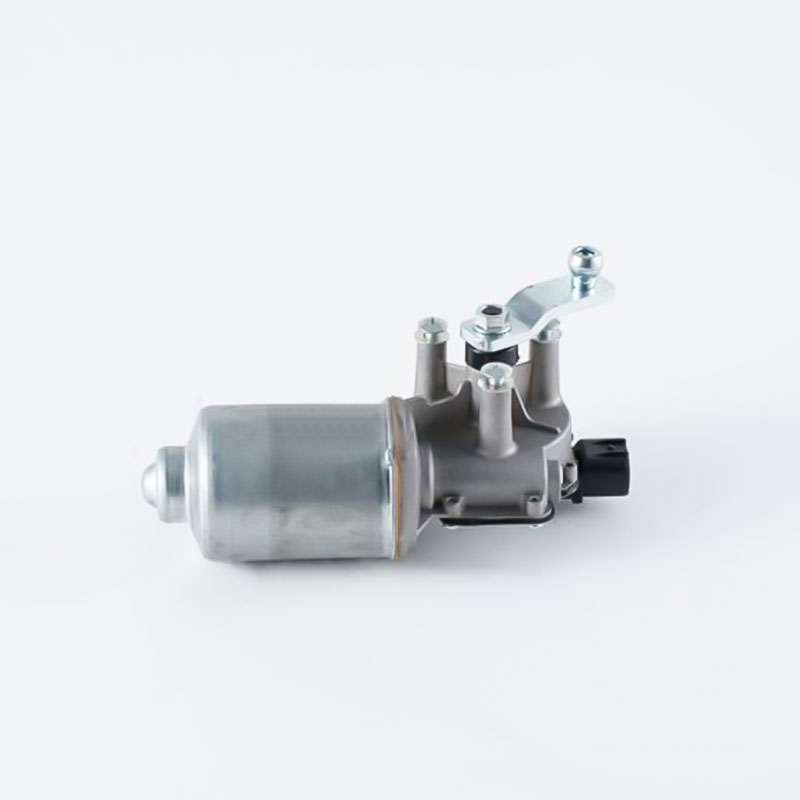BT001 Honda Accord Windshield Wiper Motor
Power Voltage 12V DC, 35W No-load Current Low speed ≦1.5A, high speed ≦2.0A No-loa...
View MoreA wiper motor plays an essential role in vehicle safety by powering the windshield wipers, especially in adverse weather conditions. However, when a vehicle remains unused for an extended period, such as during seasonal storage or infrequent operation, questions arise regarding whether the wiper motor is likely to jam or seize. Understanding the causes and potential solutions for this issue is key to ensuring long-term performance and preventing costly repairs.

The possibility of a wiper motor jamming after a long period of inactivity is real, particularly in environments with high humidity, dust, or significant temperature fluctuations. The motor itself is part of a mechanical system that includes linkages, pivots, and drive arms, all of which must move smoothly in unison. If any part of this system becomes corroded, rusted, or clogged with debris, it can cause resistance that may prevent the motor from rotating freely.
One of the primary causes of sticking or jamming is corrosion. In humid or coastal environments, moisture can infiltrate the wiper mechanism over time. If seals are compromised or the motor housing is not completely watertight, metal components may begin to oxidize. This can cause increased friction or complete seizure of moving parts. The motor’s internal gear mechanisms are especially vulnerable if the lubricants inside degrade or dry up due to age and exposure.
Another contributing factor is hardened or deteriorated grease. Wiper motors and their mechanical linkages rely on lubricants to reduce friction. Over time, especially without regular movement, the grease can become sticky or break down, making it difficult for the system to operate when reactivated. Cold weather can exacerbate this issue, causing the lubricant to stiffen and resist motion until the motor warms up.
Dust and debris can also accumulate on and around the wiper assembly. Leaves, dirt, or insects trapped near the wiper arms or pivot points can obstruct movement. If these materials work their way into the linkage system or motor housing, they can cause mechanical binding that mimics the effects of internal jamming.
When a wiper motor is turned on after long inactivity, the sudden demand for torque to overcome this resistance can stress the motor windings or even cause a fuse to blow if the system is overloaded. In some cases, the wipers may begin to move slowly or erratically, providing a clear sign of mechanical or electrical resistance within the system.
To prevent such problems, occasional activation of the wiper system is recommended, even during off-seasons. This helps to circulate lubricants and prevent parts from seizing. Regular maintenance, such as cleaning around the wiper arms and checking for signs of corrosion, can also reduce the likelihood of jamming. In long-term storage scenarios, protective covers and climate-controlled environments are helpful precautions.
In conclusion, while the wiper motor itself is generally durable, long-term inactivity can cause conditions that promote jamming or mechanical resistance. Corrosion, degraded lubricants, and debris buildup are the common culprits. With periodic maintenance and preventive care, the risk of post-storage issues can be significantly minimized, ensuring that the wiper system is ready to perform when needed.